How the Yorkshire Rewilding Network is building connections and community – and hope
This rewilding charity is bringing together nature enthusiasts to support each other in their rewilding efforts. Here's how – and what we can learn from them.
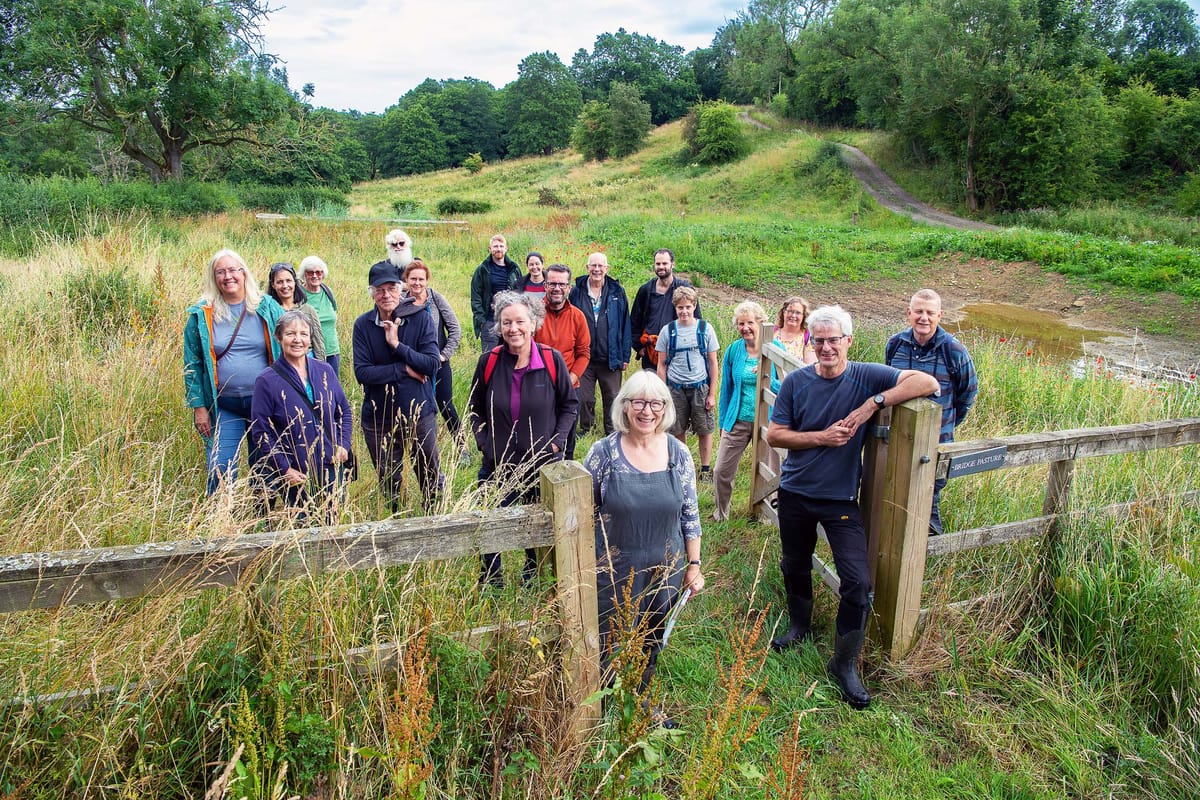
With the opening of the world’s first rewilding centre in Scotland last year, as well as the county of Sussex hosting England’s biggest rewilding festival, there is much to talk about when it comes to the UK’s rich tapestry of rewilding activities.
However, one significant area has historically seen itself hovering in the background of bigger conservation projects. Divided into four sub-counties, Yorkshire is England’s largest region, and while it holds incredible potential for rewilding efforts, its size makes it arguably more difficult for nature enthusiasts to come together.
By launching Yorkshire’s first rewilding festival last June, a young charity has been able to gain media attention and much-desired traction for the rewilding movement in the area. Over the span of 12 days, the festival took to different locations across the region with the mission of engaging a wide range of audiences while building new connections. The Yorkshire Rewilding Network (YRN) has community at the centre of its ethos and has hosted a plethora of free online rewilding workshops alongside a variety of in-person events since it was officially set up in August 2020. The charity focuses on bringing Yorkshire-based rewilders together to “inspire one another, share knowledge and experience, and work towards a brighter, more sustainable future for all inhabitants.”
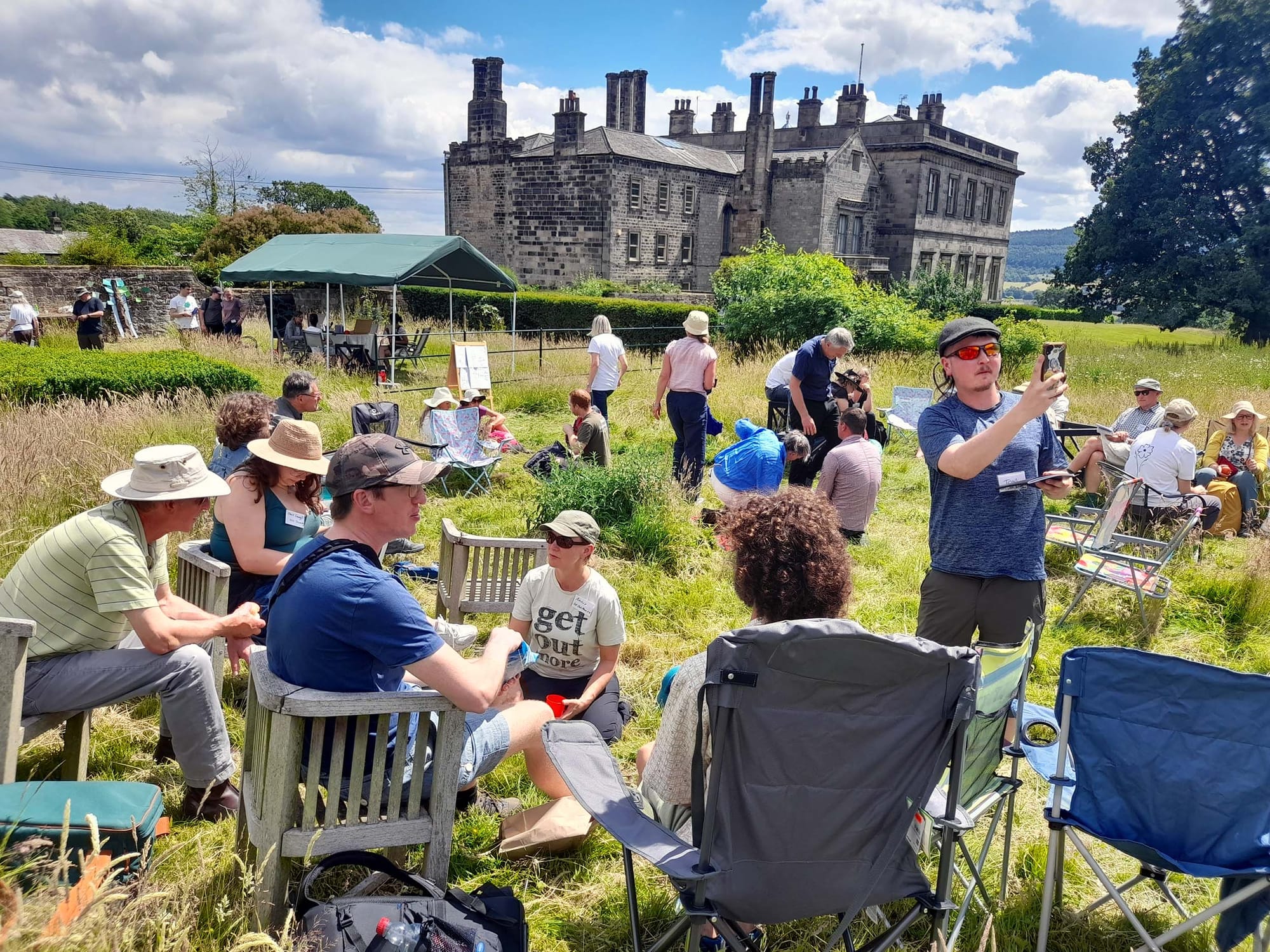
With this message in mind, the YRN wanted to bring to life a festival that creates hope as well as positive momentum through social exchanges and budding friendships, exploring rewilding under a fresh, community-led lens. Educational events on how to rewild cities, family-friendly forest workshops, woodland storytelling evenings accompanied by live music, and networking days for landowners were all part of the colourful program. The events were catered to people from all walks of life, which was a huge focus for the festival. This included artists, families, students, retirees and urban communities, with a total festival turnout of around 550 people across Yorkshire.
This work is incredibly important, as large gatherings and in-person events can help establish grassroots communities, which are driving factors in facilitating open dialogue and positive change. As of now, London still has more woodland coverage than the entirety of the Yorkshire national parks do. By giving people access to rewilded spaces and advice and the opportunity to connect through a designated online forum, the YRN is planting the seeds for a greener Yorkshire and a thriving community of hopeful rewilders. However, their practices don’t just apply to one area of England. In times of drastic biodiversity decline and a global climate crisis, nature conservationists around the world can find solace in togetherness while creating direct, visible impact on a local scale, which is why community-focused rewilding groups are so powerful.
“We’re very much for everyone,” says Samantha Mennel, chair of the YRN. “If you want to rewild your garden, we will support you. If you want to rewild your community areas in your village, we will support you.”
“The challenge is getting the message out to the kind of people who don’t usually connect with nature,” says Claire Blindell, community engagement officer at the YRN. She believes that rewilding needs to be relevant for everyone to make a difference and this can be achieved by thinking about new strategies that help engage audiences and making resources as accessible as possible.
One of these strategies included a summer initiative last year, where the YRN organized rewilding site visits in exchange for donations of as little as £1. People interested in rewilding but not knowing where to start had the chance to experience a wide range of conservation projects, such as suburban pollinator gardens with wildlife ponds, areas of Yorkshire’s national parks and rewilded farmland including thriving hedgerows and woods. Due to their versatile locations, these site visits provided options for people living in cities without much access to green spaces, as well as people living in the countryside. The YRN indicated which events were accessible for people with disabilities and advertised which ones were suitable for children as well. Guided by rewilding experts, these site visits provide a great introduction to the world of rewilding and encourage community-building as they’re accessible and affordable.
During in-person events, the charity tries to create many opportunities for attendees to interact. “Yes, we are giving them inspiration and practical advice, but we also keep reminding them that they’re there to meet each other.” Samantha notes. “There is a lot of power in in-person events. Where we can, there are refreshments after events, and there is someone present from YRN who is facilitating conversations and introductions, so that really helps people sort of have permission to interact with each other.”
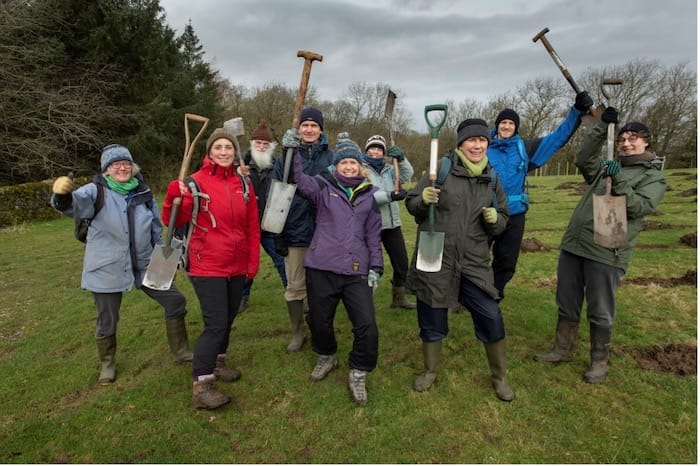
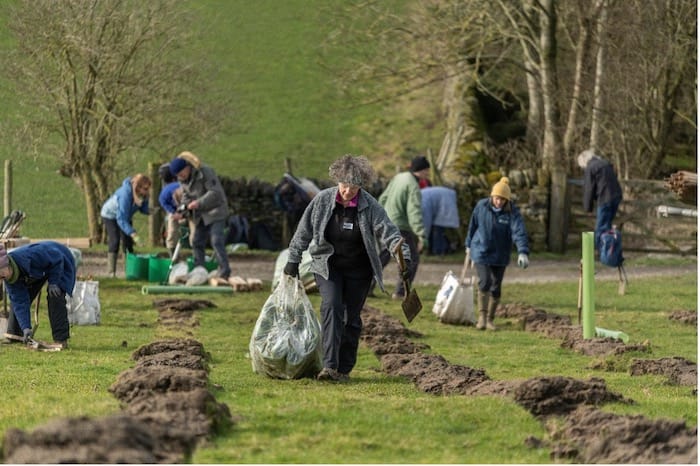
Scenes from a YRN planting event in February 2022. Photos: Giles Rocholl/Yorkshire Rewilding Network.
Building connections in person is an integral part of creating local communities. However, it’s just as important to keep these connections alive outside of organized events. The charity’s dedicated rewilding forum has developed into a lively hub for sharing advice and resources, as well as a helpful platform to gather volunteers for local rewilding projects and offer free materials to anyone who is interested. Tree guards, plastic tubing and wildflower seeds have been successfully distributed and found new homes with different forum members.
One person who has found the forum useful is Sarah Mason, a YRN volunteer who began rewilding her garden in 2020. At first, she struggled with some aspects, particularly the idea of letting a less-groomed aesthetic take over. But by joining the charity's forum, which has accumulated around 380 members, Mason has been able to receive advice and encouragement for her endeavours.
“It’s a really good place for hands-on rewilding resources,” she says. “I posted a photo of my wild garden. I was like, is this okay? Should I take anything out?” It was a reassuring experience, as other knowledgeable members let her know that she was on the right path and didn’t need to change anything.
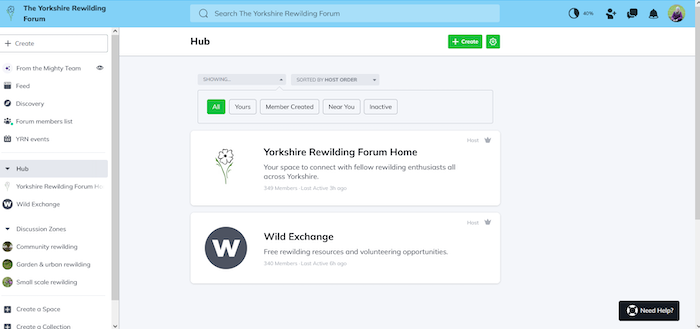
As a mother of two, Mason has a great passion for teaching children about rewilding in an age-appropriate manner and finds that the network is refreshingly receptive to her ideas. She suggested collecting resources for schools and asked if they could access any funding for it, and her ideas are always welcomed with open arms. “Anyone who has got any projects can use the forum to share that or ask for volunteers to support that project. There’s not a committee that runs everything and does everything. The whole network is creating those events.”
The forum also acts as a hyper-local alternative to social media. Having an available space that solely focuses on local nature conservation efforts can be a big draw for many rewilders, and an opportunity to connect without having to navigate the bigger social media landscape. “Some people might not be comfortable on social media. So, the forum is a highly neutral space for them. This also means when people log on, they can just focus on rewilding, and they’re not being distracted,” Samantha says.
The YRN website also offers important insights into just how much ongoing rewilding work is taking place in Yorkshire. Through an interactive map, people are able to view what rewilding projects are taking place in which locations. This engaging tool was implemented to encourage rewilders to form connections with like-minded people and to inspire hope. Providing them with a clear picture of how much action is taking place in close proximity can help conservationists feel motivated and that their work, no matter the scope, contributes to something bigger.
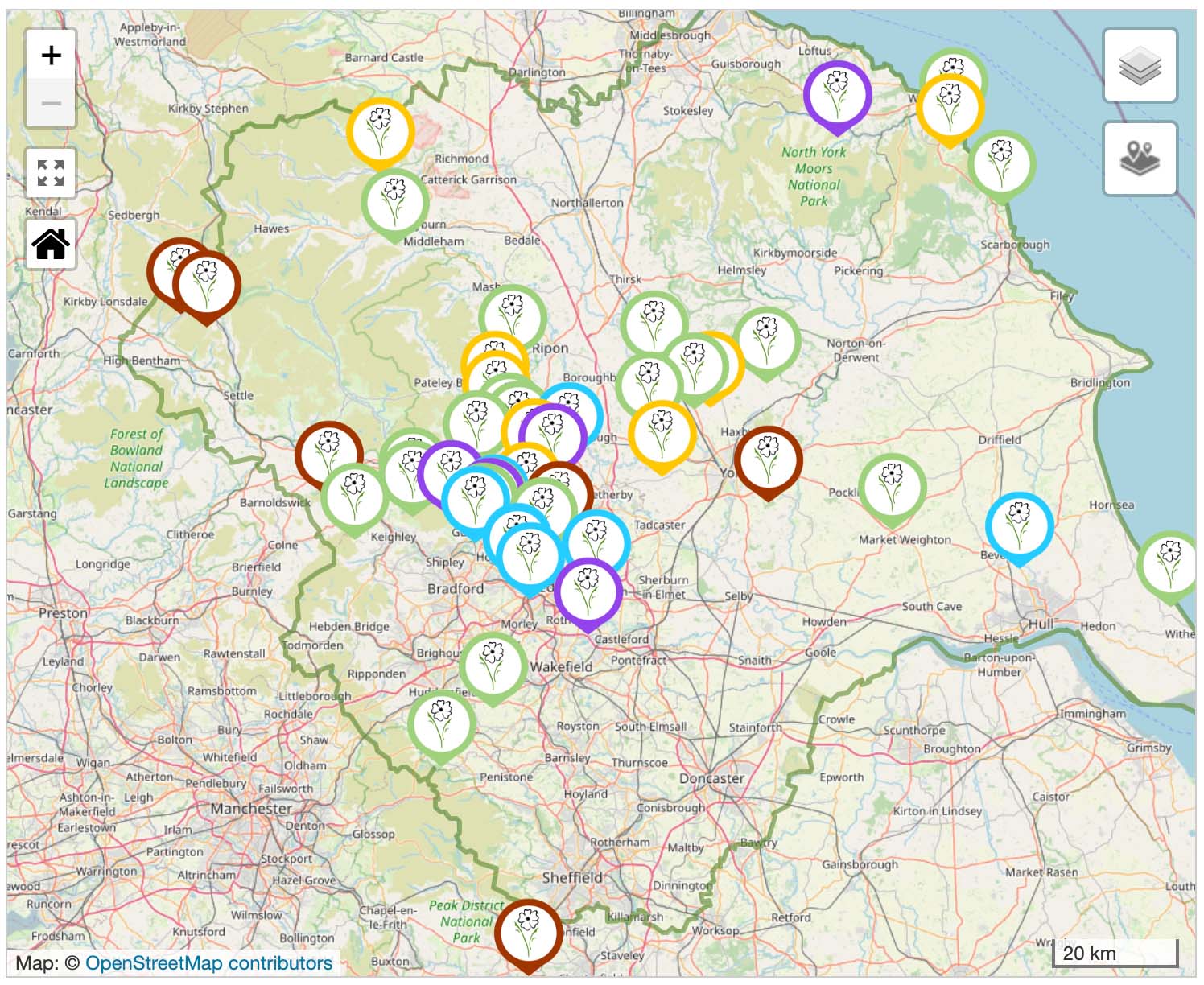
The map is already filling out nicely, with colourful pins signalling established rewilding projects all across Yorkshire, ranging from restoring community-owned farmland to ancient meadows and suburban activity centres, though the YRN hopes to receive even more entries. As rewilding has the most impact at a large scale, seeing rewilders fill in gaps between native woodlands through wildlife corridors would be one of the charity's long-term goals.
Rewilders who are interested in featuring on the map are welcome to fill out an online form, providing more information about their project and how enthusiasts can get in touch if they’d like to visit the site.
In terms of future projects, the YRN is already planning ahead for the coming year with a variety of events that centre community, like a range of tree-planting days, more visits to rewilding sites and free webinars by rewilding experts.
“It’s very sad that we are a nature-depleted country, but we do have green spaces around us,” Blindell says. “We need to help people connect with each other and find a connection with nature, because that is the future. And we need people to feel connected to nature, because that will give them a reason to fight for it.”


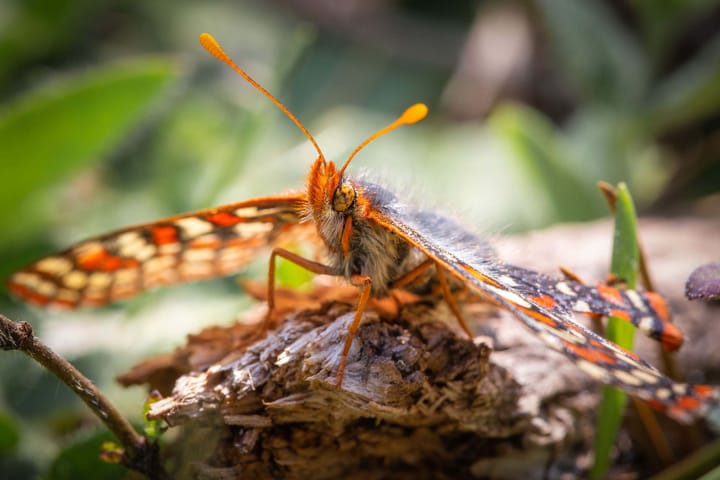
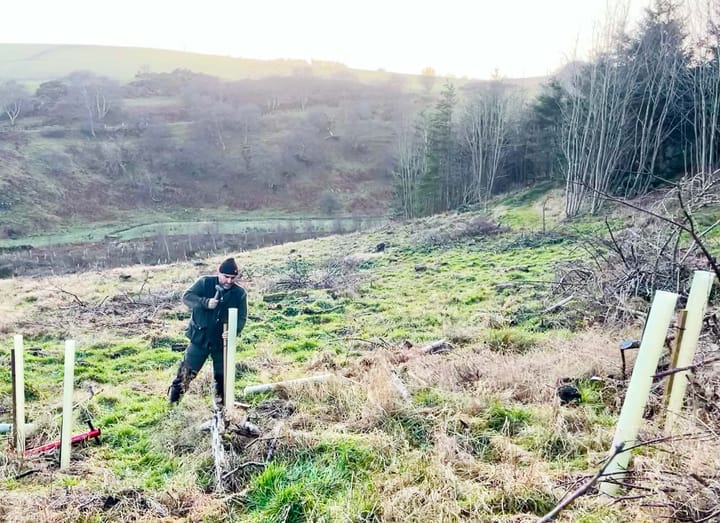
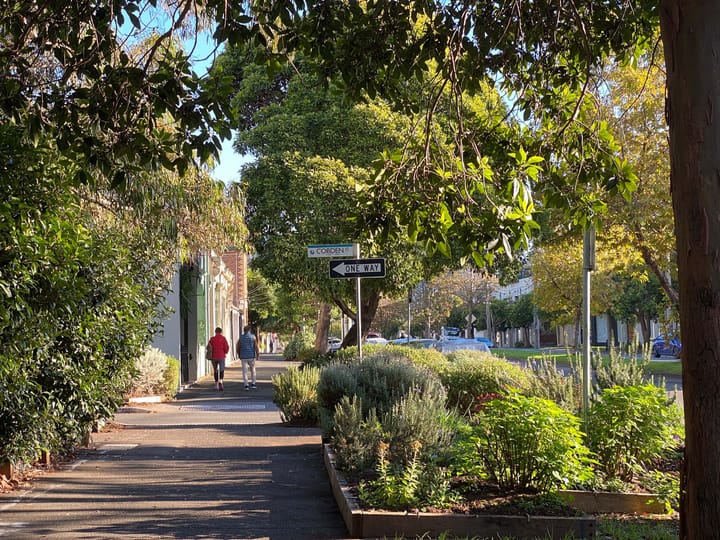

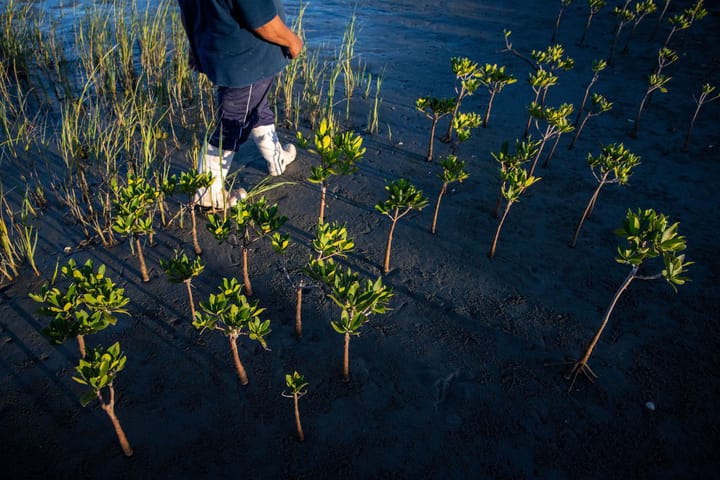
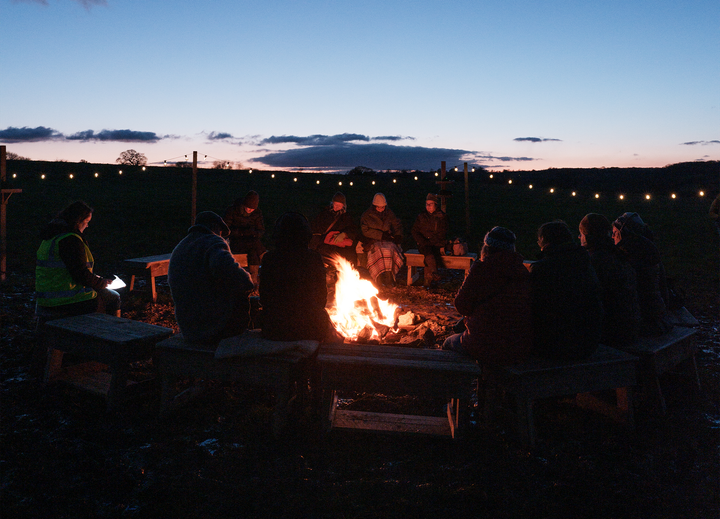

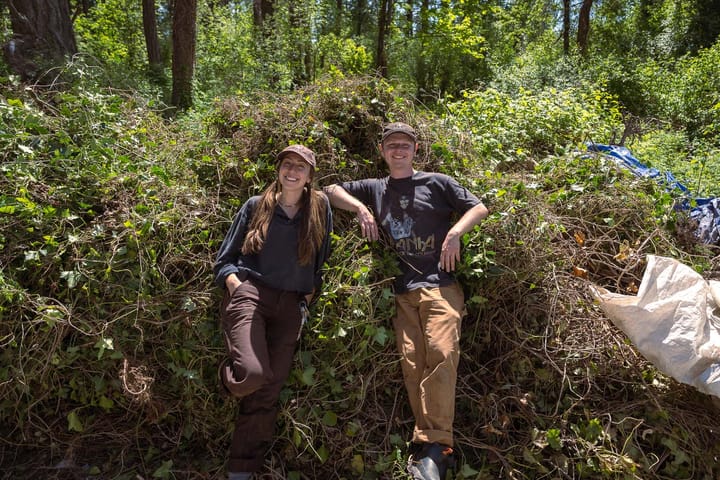
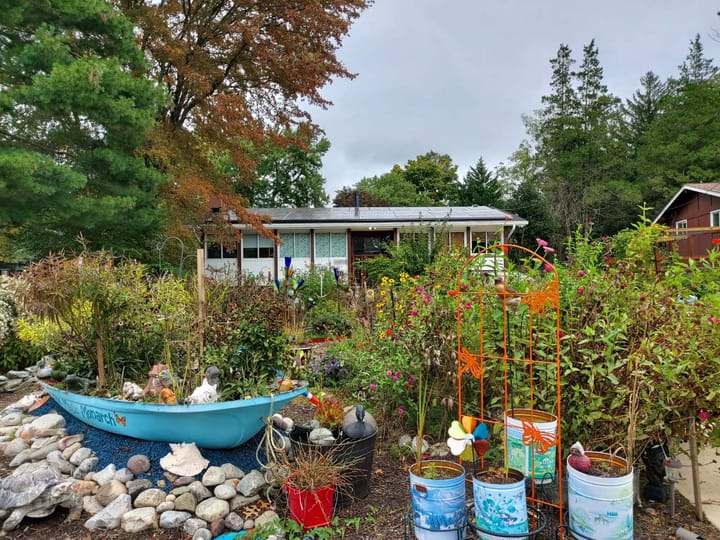
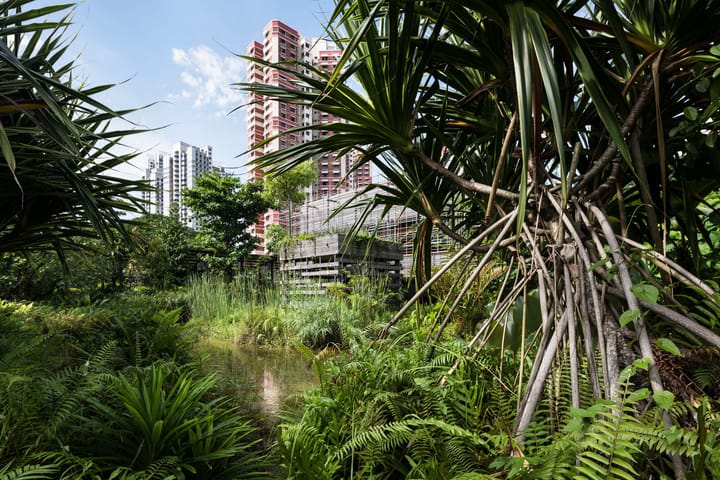
Comments ()